The Castelnovese area includes the hills around Castelnuovo Don Bosco , which roughly extend from north to south between Berzano di San Pietro and Capriglio, and from east to west between Cocconato and Moncucco Torinese. They are characterised by a heterogeneous landscape , made up of wide valleys with soft profiles, an ideal destination for lovers of trekking or horse riding. The vines of choice in these lands are the Malvasia di Schierano , also known as «malvasia corta» and the Malvasia nera lunga , cultivated since the 15th century with the name of malvaticus , today used to make Malvasia di Castelnuovo Don Bosco DOC, a sweet and naturally lively wine that Terre dei Santi interprets in various winemaking variations. But it is also the area with the greatest presence of Freisa in the Freisa d'Asti denomination and Nebbiolo in the specific Albugnano denomination .
From a geological point of view, the formation of the Castelnovese hill system originated during the Messinian stage, during which the entire Piedmont basin was submerged by the sea. During the Messinian stage, turbidity currents created enormous detrital accumulations on the seabed which, through a process of compaction and cementation, gave rise to a hill system, among the first lands to emerge in the area during the retreat of the waters. This process gave rise to various characteristic phenomena, including the formation of chalky accumulations still visible in the territory today. The Castelnovese can be divided into three distinct areas: a central strip , characterised by clayey-limestone soils, suitable for great wines for aging, particularly Barbera d'Asti, to which they give lively colours and an excellent structure; a southern strip that extends south of the Municipality of Pino d'Asti to involve the hamlets of Castelnuovo Don Bosco Mondonio, Morialdo and Ranello, where fluvial sediments prevail, with large areas of loess , characterized by more or less fine sandy banks: areas particularly suited to Bonarda; and a northern strip , where tuff and sand alternate with the presence of living rocks, typical of a mountain environment. This latter is the area identified by the Albugnano denomination , whose hills reach 549 meters above sea level: here woods and altitude contribute to refreshing the climate, making it favorable to the needs of the Nebbiolo grape variety, of which it enhances acidity and aromatic profile.
Showing all 10 results

£86.40
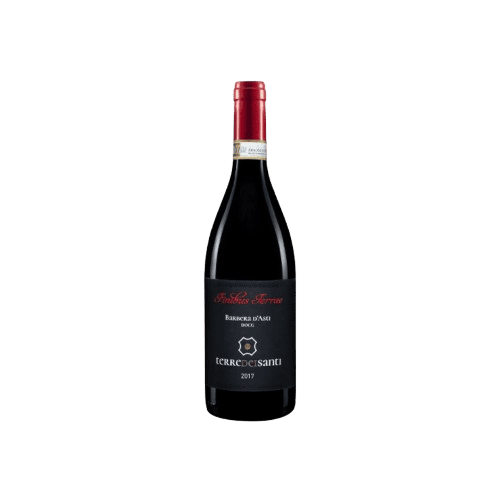
£138.00
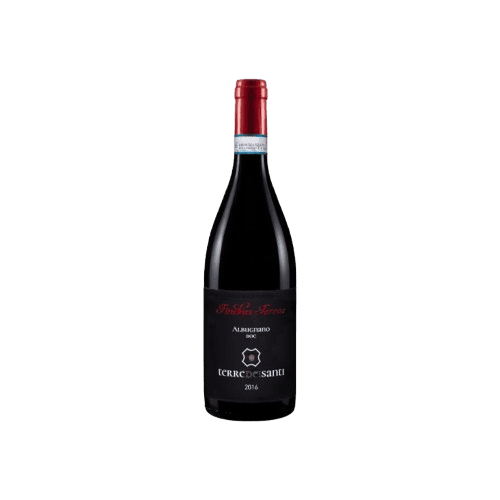
£100.80

£75.60

£73.80
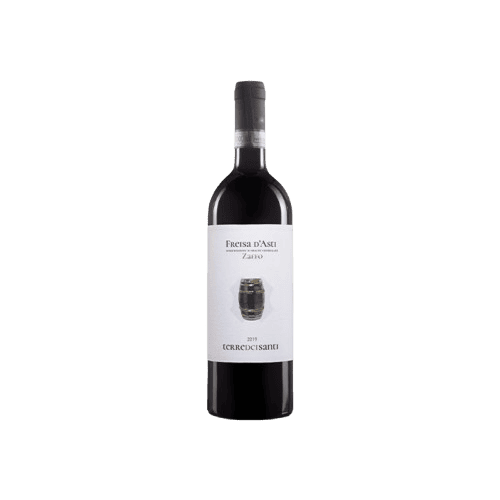
£86.40
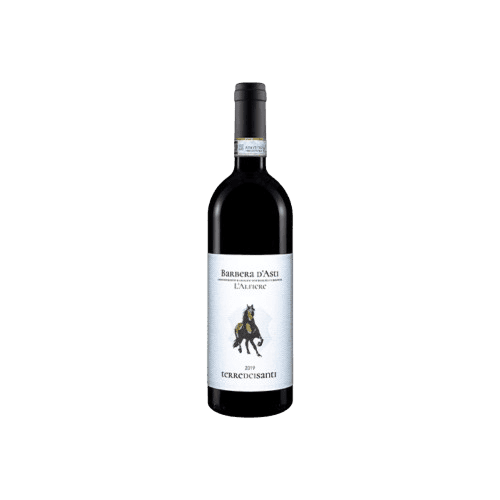
£86.40
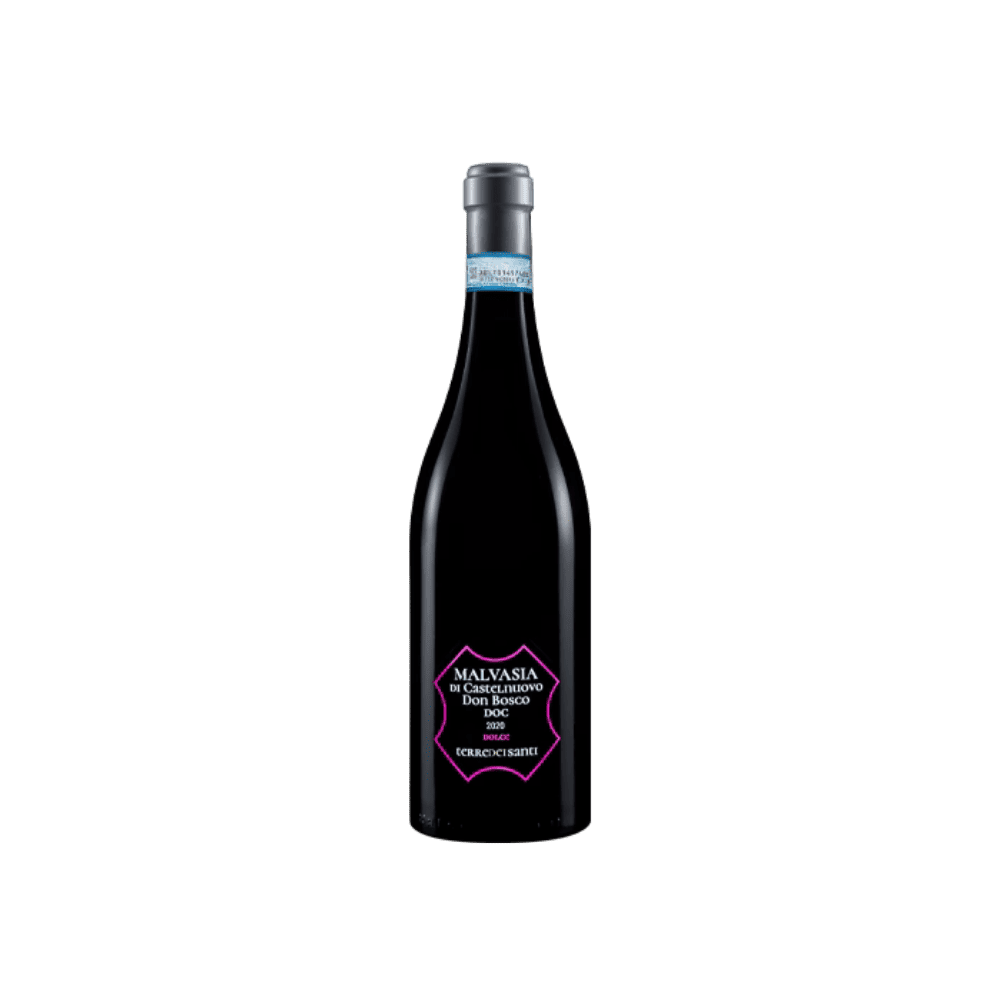
£79.20
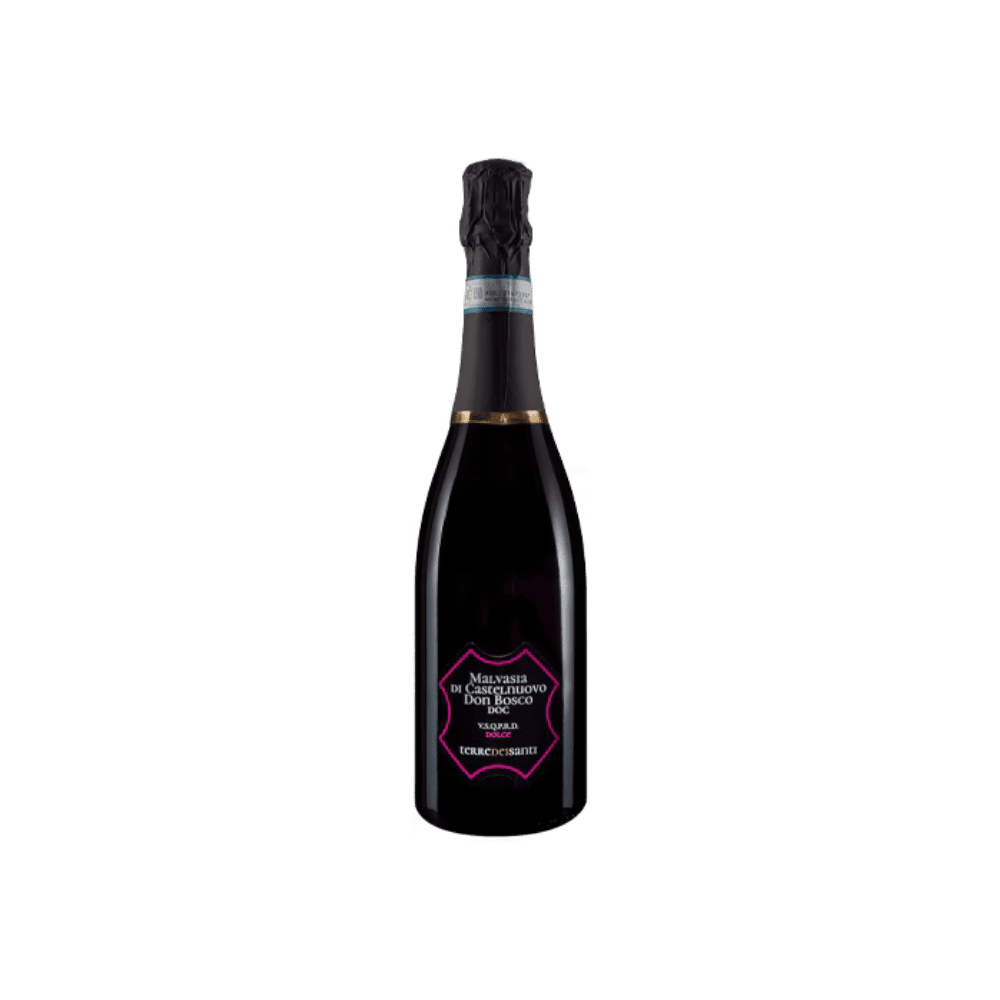
£79.20
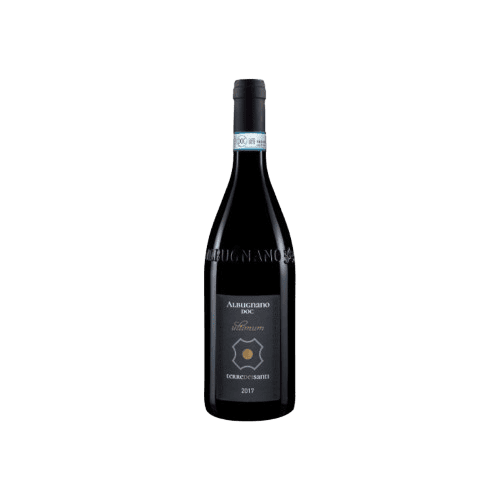
£132.00





